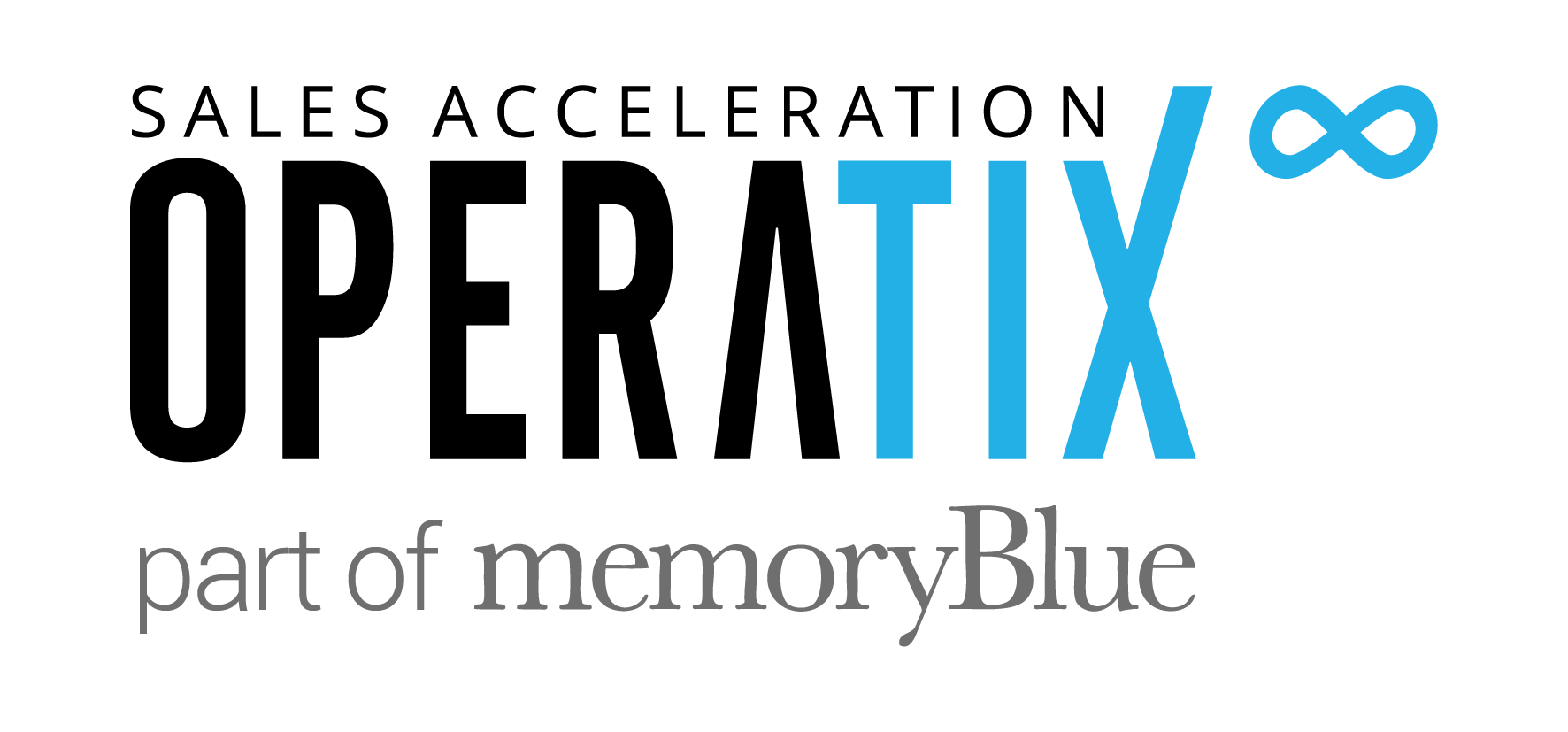We are living in a time where the twitch speed of technological innovation has created a landscape of constant and fast-paced change. However, contrary to this, sales cycles have not reflected this momentum, which doesn’t go down well as the shareholders and board members tap their restless fingers across the glossy glass tables of boardrooms, demanding increased sales figures, quarterly reports and increased profits. Yet the sales departments are often falling short of their boards expectations, as sales cycles are now taking longer than ever before, bucking the trend of our fast-paced technology powered society. So why in our new, expectant world are sales cycles taking longer than ever before?
Here at Operatix, we believe that it comes down to two main factors. Firstly, the plethora of vendors that are flooding the market with almost copycat products and services which look all too similar to the buyer, who is becoming more confused and disillusioned with the offerings available. Never before have there been so many vendors in the technology industry offering the panacea of all solutions, the answers to all their clients nightmare scenarios. Secondly, never before have IT departments become so monolithic, fragmented and difficult to maneuver. IT departments are bigger now than ever before, wielding more power, however, with this unprecedented power and size comes a far more complex sales environment and minefield to work through, unless you know who holds the purse strings.
More Vendors in the Market than Ever Before
Over the past decade, we have witnessed hundreds upon hundreds of new vendors entering the technology sector. These vendors are now facing more competition than ever before, which makes it harder to open a dialogue or indeed close a sale, we call this the closing rates in the sales business. The closing rates of a company can be demonstrated where the likeliness of closing a deal is effected by the quantity of similar competitors in the market. For example, we have worked out that for the average company we work with, if there is one other competitor in their space, this will reduce their closing rates by 50%. So, with just one competitor you now have only a 1 in 2 chances of winning each piece of new business.
However, having only one similar competitor is an extremely uncommon luxury, especially in the world of technology which has become more competitive than ever before. For many companies, having ten similar competitors is far more common, and with this amount of competition, the closing rates drop down to a disheartening 10%. Subsequently, you have just a 10% chance of winning the business if you have many competitors. Over the years, the competition has accelerated enormously with far more events and far more vendors. Take RSA in the US for example, in 2008, the conference had around 375 vendors and earlier this year the event had grown to more than 550 vendors. A similar rise in new vendors attending exhibitions, has been seen in a wealth of events such as the many Black Hat events around the world, as well as Cloud Expo and InfoSecurity Conference in London, CEBIT in Germany and MWC Conference in Spain. This significant rise in vendors, attending these numerous events has created a hugely competitive and complex market, making sales opportunities increasingly scarce and negatively impacting the speed of sales cycles as well as the volume of business being achieved for many vendors.
Sales Cycles Are Now More Complex Than Ever Before
As the technology and software landscape becomes flooded with more vendors, you’ll see the smarter vendors employing more innovative ways to be competitive and stand out from the crowd. They may spend huge amounts of their marketing budgets on events, with bigger stands, sponsorships, throwing bigger parties, offering fantastic incentives, or off-site jollies like helicopter trips into the Vegas desert to shoot drones with machine guns! This is made worse for the vendor who is trying to rise above the competition as they grapple with trying to get to grips with the ever-changing IT department. Only a decade ago, IT departments would be one small cog within a far greater machine, nowadays they are at the heart of any agile organisation, and their influence is paramount.
As the importance of IT departments increases, so has their size. Many large organisations have expanded enormously, making it virtually impossible to find out who makes the decisions. Is it the systems integrator, the CISO, the CIO, the Risk Manager, the Compliance Officer, the IT Director or is it all of them combined? IT departments are now experiencing significant changes as their roles diversify to impact customer service, sales and business strategy. Companies have witnessed very large increases in their IT departments with annual IT permanent staff salaries increasing by 5% in the past year, with the highest salary rise for CIO roles. In particular, CIOs are witnessing a shift in responsibility, as they now have adopted the role of board member. In 2005, barely 30% of CIOs sat on an executive committee, today that figure has risen to 62%.
Although the rise in expenditure and expansive growth of IT departments is a positive change for many, from a sales perspective, it simply leads to a delay in completing a sale. Where you once would have spoken to an IT Director and then a network and strategic consultant, you now must speak to teams of decision makers. In this sense, you have far more obstacles to get though before you reap the final reward. On average, large conglomerate companies will need to speak to 10-15 people per account, and this may only drop to 5-6 for mid-market companies, and 2-3 for an SMB. Therefore, the sales team has far more people to engage with in order to make a sale, which of course will prove more often than not to be time consuming and costly.
To combat this, we in the trade advise an Account Based Selling (ABS) approach, where you effectively distribute your time to the right people with laser-like precision – earmarking and understanding exactly who you are selling to, what their requirements are and understanding precisely their needs. You need to know your customers inside and out, listen to them and sell them what they want, and only through doing this can you begin to generate pipeline and increase your conversion of sales.
To Remain Competitive, You Need to Generate More Pipeline
As vendors are faced with increased competition and larger, more complex IT departments, a key focus should be in generating a deep and varied sales pipeline. It will pay to invest time and money into analyzing your customers to find out exactly what they require. In this day and age, it all comes down to numbers, the more sales leads you have, the more chance you have of converting them into tangible business. If you haven’t the time to research who it is within the organisation you need to target, engage the expertise of a sales lead agency, who deals with the buyers every single day and understands their current needs, purchasing process and requirements.
In order to effectively generate pipeline, you must utilize the power of the ABS approach. It is essential that you are engaging with every level of your clients’ company hierarchy and you are taking control of sales and understand exactly what your clients require. In today’s competitive and constantly evolving landscape, it is fundamental to swiftly build your pipeline, never resting on your laurels or letting your competitors jump in before you. As the technology landscape develops at an unprecedented rate, the companies that adapt quickly to the meet the requirements of their customers will be the new leaders that will reap the rewards from being at the forefront of this digital revolution.
We hope you have found this article informative and useful to move forward with a more successful sales acceleration plan. If you would like to discuss any points mentioned above with our team, please get in touch or request a call back.



